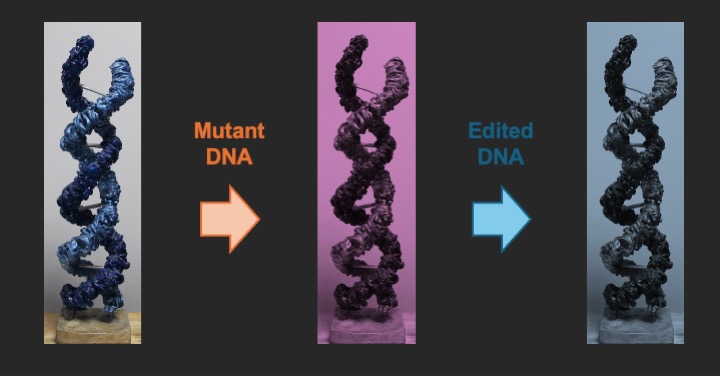THE OUTSTANDING PROPERTIES OF DNA

The human genome contains more than one million short tandem repeats whose motif length is 1-6 nt. The distribution and variability of these microsatellites were extensively studied in yeasts, plants, flies, humans and many other eucaryotes. Their length polymorphism has been used in paternity tests, forensic medicine or the establishment of the first physical map of the human genome. Most of these sequences are short and can be identified using dedicated softwares. However, a subset of microsatellites tends to expand in human populations, possibly reaching lengths of several hundreds or thousands of base pairs in one single generation. These large expansions trigger more than two dozen human neurological or developmental disorders, including myotonic dystrophies type 1 and 2, several ataxias, fragile X syndrome, Huntington’s disease and amyotrophic lateral sclerosis.
Using dedicated molecular tools, it is possible to fix these sequences, by contracting the expanded repeat to a smaller length. Gene editing has been entering a new area since 2010, with the discovery of new nucleases able to efficiently target specific genomic regions, as well as whole-genome sequencing allowing to address off-target issues.


